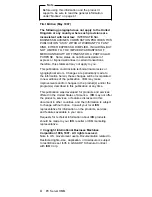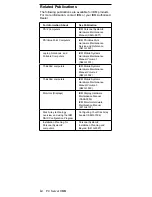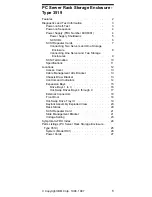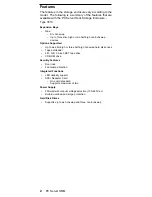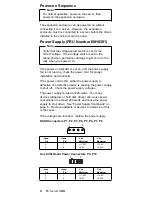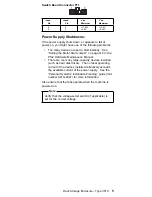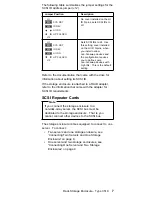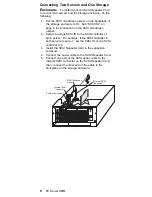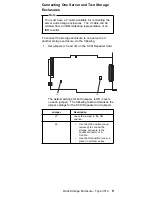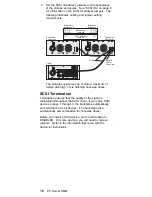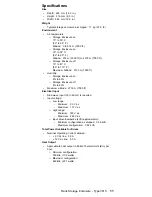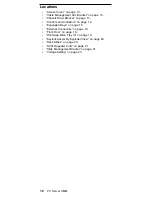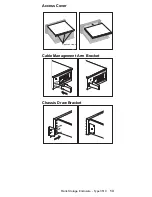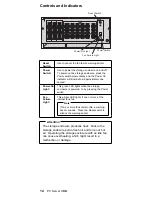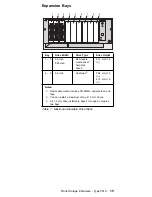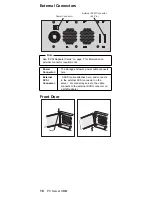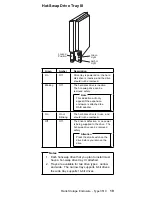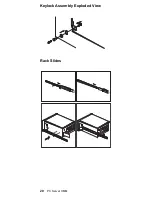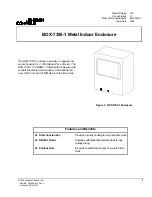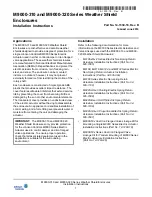
SCSI IDs:
Each SCSI device installed in the storage
enclosure must have a unique SCSI identifier (ID). This
unique ID enables the SCSI controller to recognize the
device. This SCSI ID also prevents two devices from
attempting to send or receive data on the SCSI bus at the
same time. IBM PC Server SCSI controllers use ID 7.
Therefore, you must not assign ID 7 to any device that you
install in the storage enclosure. SCSI devices support the
following IDs:
Narrow devices support SCSI IDs 0 to 6.
Wide devices support 0 to 6 or 8 to 15.
When you install a hot-swap drive, the backplane behind
bays 4 through 9 automatically assigns the drive its SCSI
ID. However, when you install a drive in bays 1 through 3,
you must set a unique SCSI ID for the drive that does not
conflict with any of the IDs that the backplane assigns to
drives in bays 4 through 9.
Depending on the setting of the SCSI ID address jumper
(J12) on the rear of the backplane, the backplane sets the
SCSI IDs for bays 4 through 9. SCSI IDs 8 to 13 are the
default IDs for the hot-swap drives. SCSI IDs 0 to 5 are
also available for the hot-swap drives.
The SCSI ID address jumper, a pin block with four pairs of
pins (J12), is located on the rear of the backplane. The
default, cover installed on the HI ID N pins, sets the
addresses to HI.
J12
The backplane sets the SCSI IDs for bays 4 through 9 as
follows:
LO Settings
HI Settings (default)
Bay
SCSI ID
4
0
5
1
6
2
7
3
8
4
9
5
Bay
SCSI ID
4
8
5
9
6
10
7
11
8
12
9
13
6
PC Server HMM


